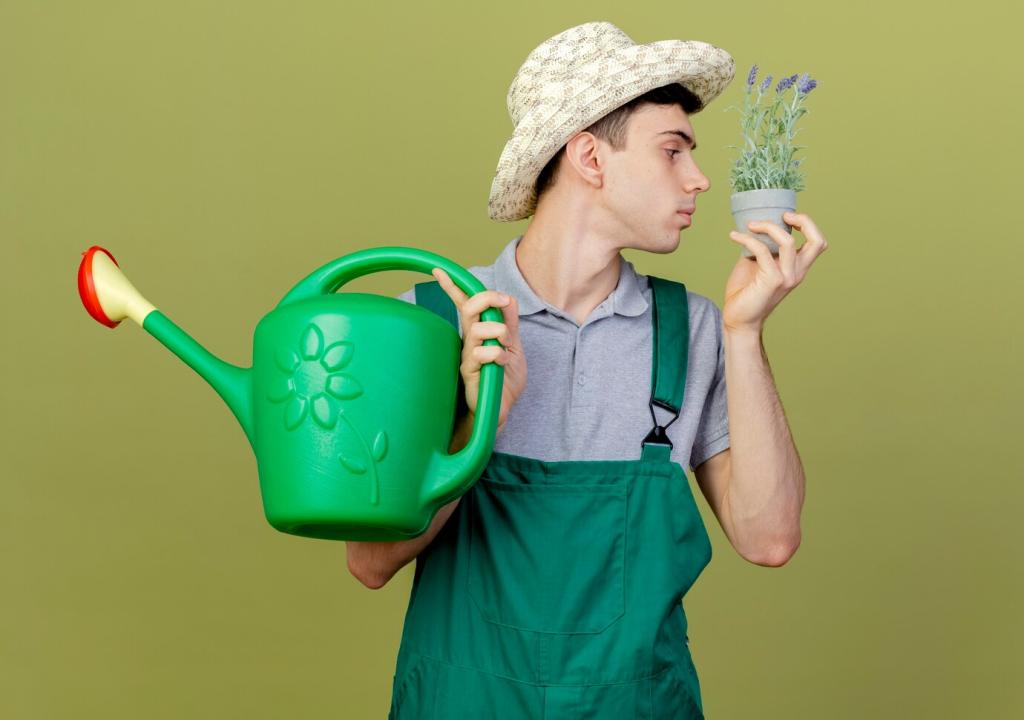
Eco-Friendly Pest Control Methods for Houseplants
Discovering sustainable and effective solutions for protecting your cherished houseplants is essential for maintaining a thriving indoor environment. Eco-friendly pest control methods not only safeguard your plants but also reduce harmful impacts on your home ecosystem and personal health. By opting for natural and non-toxic options, you can minimize chemical exposure, enhance plant vitality, and promote a greener lifestyle. Embrace innovative techniques and time-tested natural remedies to manage pests while preserving the well-being of your living space.
The Environmental Impact of Chemical Pesticides
Chemical pesticides can cause a ripple effect in the indoor ecosystem. Their residues often linger on plant surfaces, in soil, and even spread through indoor air, potentially affecting human and pet health. Over time, the frequent use of synthetic solutions can lead to pest resistance, requiring ever-stronger chemicals for control. This cycle undermines long-term effectiveness and disrupts the delicate balance of houseplant microbiomes. Embracing eco-friendly alternatives helps break this cycle, ensuring your pest control practices align with environmental stewardship.
Benefits of Going Green with Pest Control
Choosing eco-friendly pest control comes with numerous advantages for plant owners. Non-toxic remedies are generally safe for everyone in the home, including children and pets. They also maintain soil health and encourage beneficial microorganisms, promoting lush and resilient plant growth. Natural solutions often address the root causes of pests rather than just symptoms, leading to long-term plant health and vigor. By reducing reliance on chemicals, you foster a more sustainable growing environment, helping your houseplants thrive naturally.
Common Houseplant Pests to Watch For
Understanding the specific pests that prey on houseplants is crucial for effective management. Common culprits include aphids, spider mites, mealybugs, and fungus gnats. These pests can damage leaves, stunt growth, and introduce diseases to your indoor garden. Recognizing early signs—like discolored foliage, sticky residue, or webbing—allows for swift intervention with eco-friendly remedies. Knowing what to look for empowers you to act quickly and tailor your pest control approach for optimal results.
Previous slide
Next slide

Natural Household Solutions

A classic, gentle remedy involves diluting mild liquid soap in water and using it as a spray. Soap works by disrupting the protective coatings of soft-bodied insects, causing them to dehydrate and perish. It’s crucial to use unscented, additive-free soaps to avoid harming your plants. Regular application on affected leaves can control outbreaks of aphids and spider mites while minimizing any residual impact on the environment. Always test a small area before widespread use to ensure your plants tolerate the treatment, and rinse leaves after a few hours to prevent buildup.

Physically inspecting and removing pests by hand is one of the simplest and most immediate ways to protect your houseplants. For visible insects like mealybugs or aphids, using a damp cloth or cotton swab dipped in soapy water effectively eliminates small clusters before they spread. Regularly checking under leaves and along stems ensures early detection and prompt action. This approach is particularly useful for sensitive plants that may not tolerate sprays well, and it offers peace of mind by stopping infestations at their source.

Certain insects, like ladybugs and predatory mites, prey on common houseplant pests but do not harm your plants. Introducing these beneficial insects creates a natural balance, allowing biological controls to manage outbreaks without chemicals. While traditionally associated with outdoor gardens, some species can adapt to indoor conditions with adequate humidity and plant diversity. Creating a welcoming environment for these allies involves using non-toxic treatments exclusively and avoiding practices that could harm them. Beneficial insects serve as a living barrier against pests, supporting a thriving, self-regulating ecosystem.

Physical barriers such as sticky traps or netting provide a chemical-free means of capturing flying and crawling pests. Sticky traps are especially effective for monitoring and reducing populations of fungus gnats and whiteflies. Netting can prevent larger insects from reaching your houseplants. These options, when strategically placed, offer continuous, passive protection and are especially useful in homes with a high pest burden. Regularly replacing traps and checking barriers ensures ongoing effectiveness while reducing reliance on harsher interventions.
